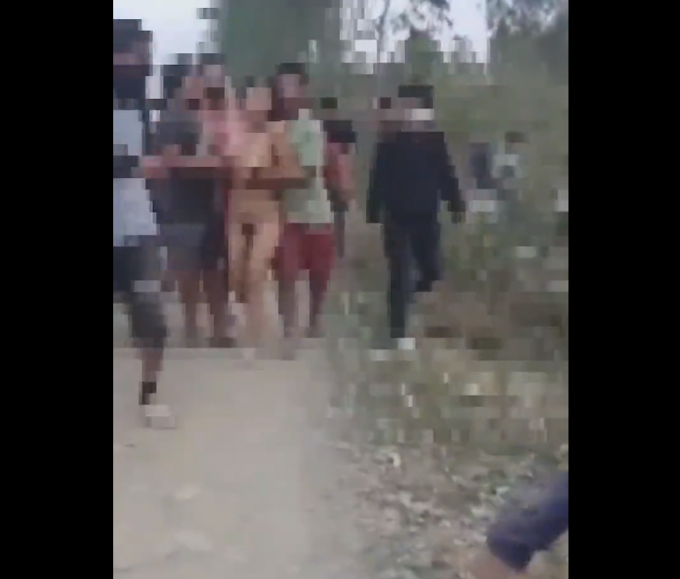Pope Francis, the 266th Pope of the Roman Catholic Church, passed away on Monday at the age of 88. As the leader of the largest branch of Christianity—the world’s most widely practiced religion—he served as a spiritual shepherd to over 1.4 billion Catholics across the globe. Since ascending to the papacy in 2013, Pope Francis became known for his focus on compassion, humility, and institutional reform, guiding the Church through a decade marked by both turbulence and renewal.
His final public appearance took place on Easter Sunday, April 20, where he offered a brief but heartfelt blessing to a sea of faithful gathered at St. Peter’s Square. A few days earlier, he held a private meeting with U.S. Vice President JD Vance—one of his last official diplomatic engagements. These moments came on the heels of a prolonged battle with declining health.
On March 24, he suffered a severe bronchospasm accompanied by vomiting and fluid inhalation, marking a sudden deterioration in his condition. Earlier, on March 3, the Vatican reported that Pope Francis had endured two episodes of acute respiratory failure. Despite temporary signs of improvement, his health remained fragile. He had been hospitalized since mid-February, fighting double pneumonia and relying on non-invasive mechanical ventilation, which began on February 14.
His death now initiates a solemn sequence of centuries-old Vatican rituals steeped in tradition and symbolism—procedures designed to honor the deceased pontiff while preparing the Church for the election of a new leader.
The pope's body will then be moved to his private chapel, where it will be prepared in accordance with liturgical custom. Dressed in a white cassock, his body will be placed inside a zinc-lined wooden coffin, symbolizing purity and the continuity of sacred tradition. In line with long-standing Vatican practice, his mitre and pallium will be respectfully removed, and he will be vested in red liturgical garments—a color signifying martyrdom and the Holy Spirit.
A particularly symbolic ritual involves the destruction of the pope’s official signet ring, the Fisherman’s Ring, which is customarily broken with a special silver hammer by the Camerlengo. This gesture formally ends the deceased pope's reign and prevents any further use of the seal.
Pope Francis, known for his humility, had expressed a desire for a simple farewell. As such, rather than lying in state on an elaborate platform or catafalque, his body will remain inside the coffin for public veneration. A stately yet modest procession will escort the coffin to St. Peter’s Basilica, where thousands of mourners—including heads of state, clergy, and ordinary believers—will pay their last respects.
During this time, the Vatican enters the state of sede vacante, or "the seat is vacant." The administration of the Church transitions to the College of Cardinals, who are restricted from making major decisions but maintain the Church’s daily operations until a new pope is chosen.
In alignment with his simplicity, Pope Francis had requested not to be buried in the traditional triple coffin of cypress, zinc, and elm. Instead, he will be laid to rest in a single wooden coffin lined with zinc. A white silk veil will be gently placed over his face before the coffin is sealed—an ancient practice symbolizing the passage from life to eternity.
Included within the coffin will be a sealed rogito, a papal document chronicling his life, deeds, and the spiritual character of his papacy. Additionally, a velvet pouch containing commemorative coins minted during his tenure will be enclosed, following tradition.
Unlike many of his predecessors interred beneath St. Peter’s Basilica, Pope Francis had requested to be buried in the Basilica of St. Mary Major—his favorite church in Rome, where he often prayed in solitude. His burial there fulfills a personal and spiritual wish rooted in Marian devotion.
Cardinal Giovanni Battista Re, the current dean of the College, will preside over the ceremonial aspects but not vote due to his age (91). Only cardinals under the age of 80—currently numbering around 120—are eligible to vote.
Voting proceeds in complete secrecy. Each ballot is burned after every voting round: black smoke from the chapel's chimney indicates an inconclusive vote, while white smoke announces the successful election of a new pope.
The new pope then dons the papal white cassock, steps out onto the central balcony of St. Peter’s Basilica, and is introduced to the world with the historic proclamation: Habemus Papam—“We have a Pope.”
Though steeped in ritual and protocol, the process now unfolding is not merely ceremonial; it reaffirms the Church’s enduring legacy and its ability to renew itself across centuries. From the solemn silence of mourning to the jubilant cheers greeting a new pontiff, the Vatican prepares to write the next chapter in its long and sacred story.



